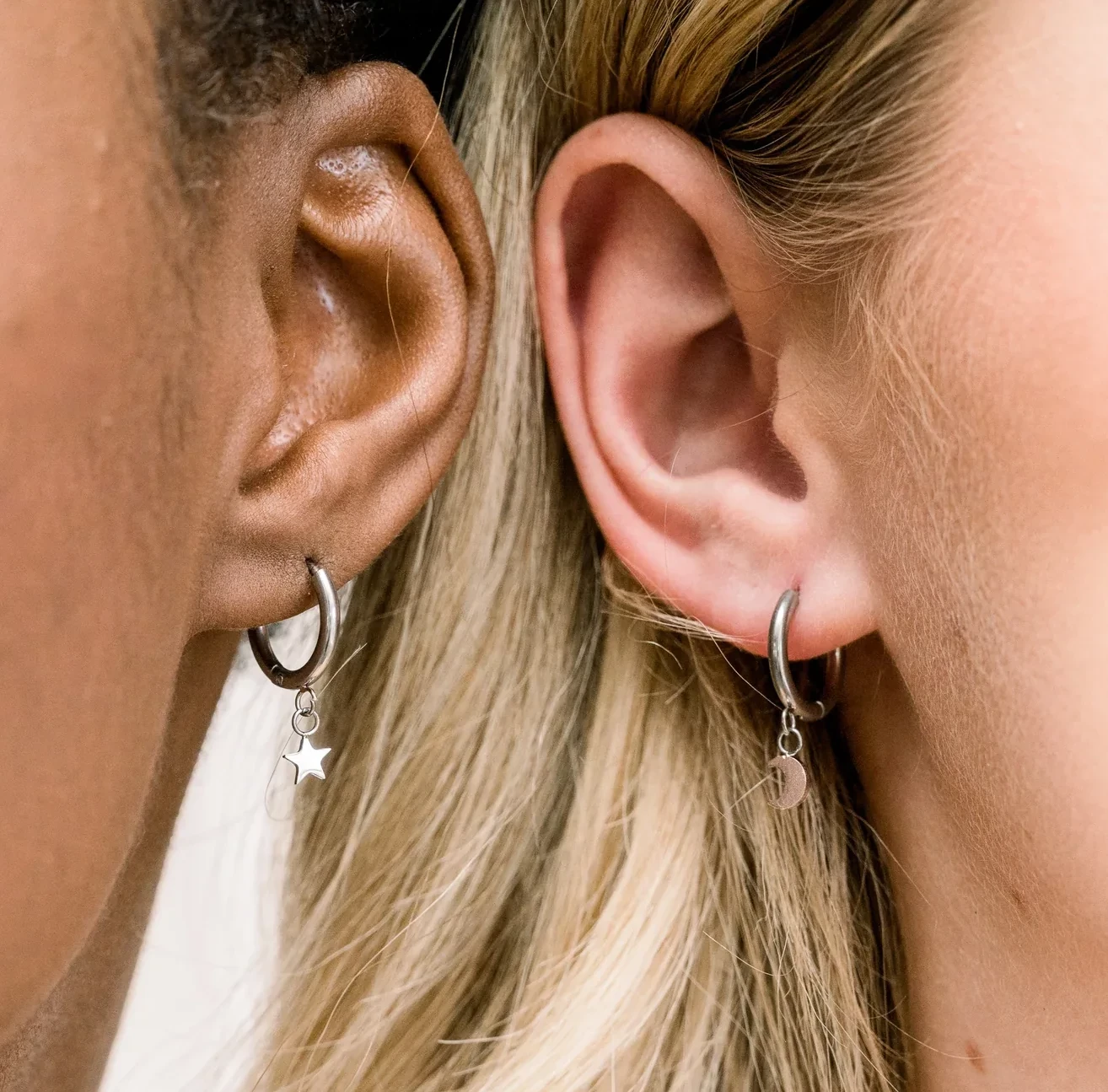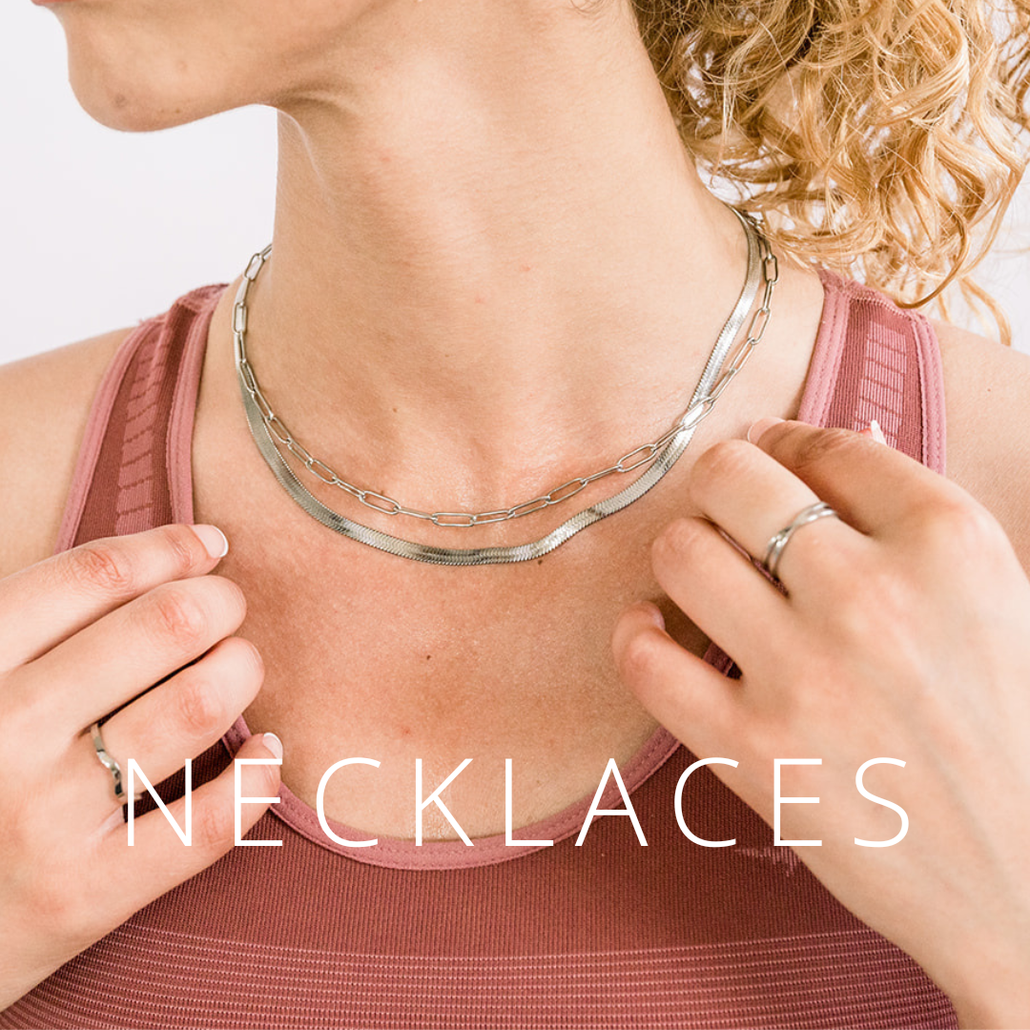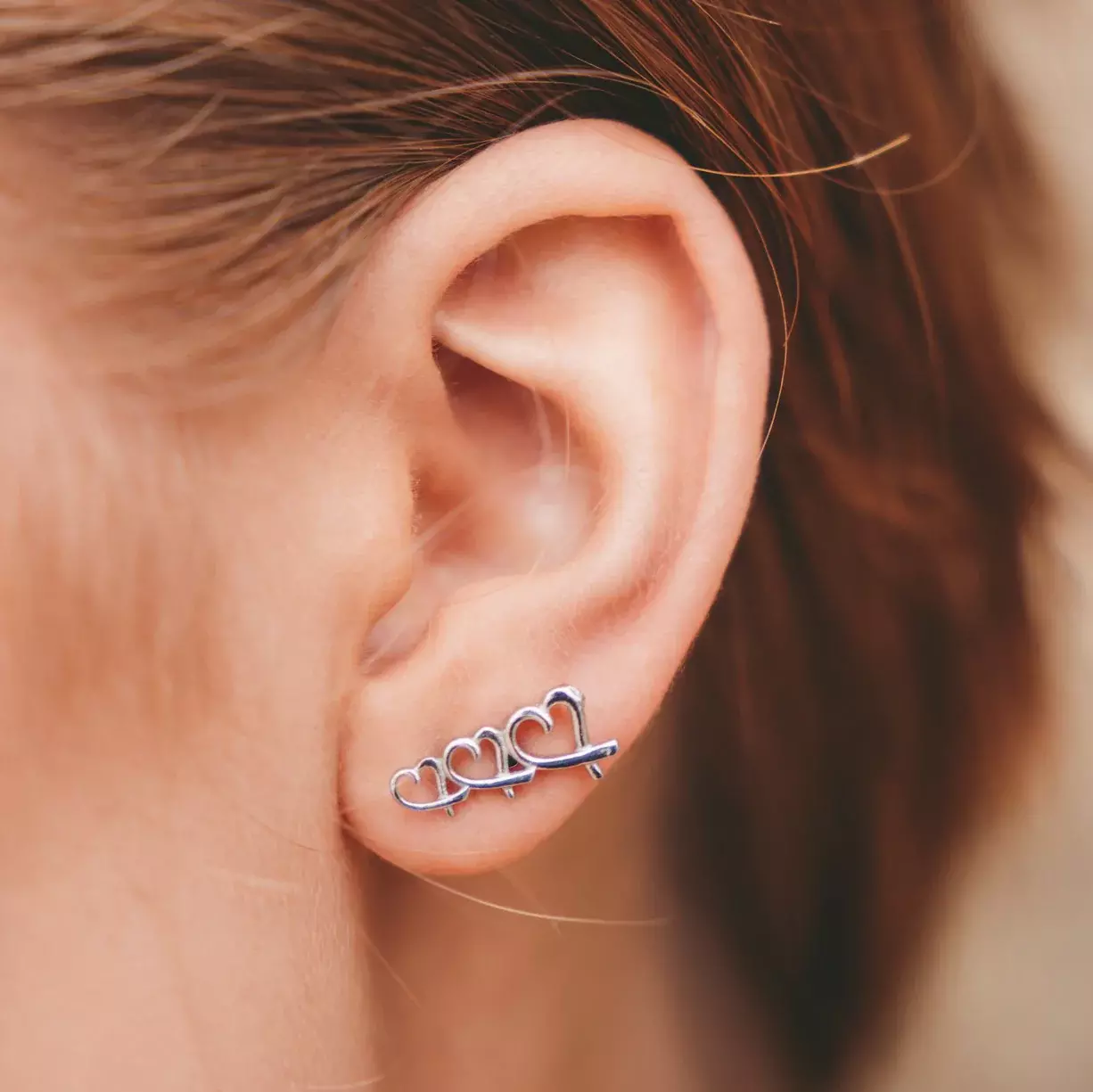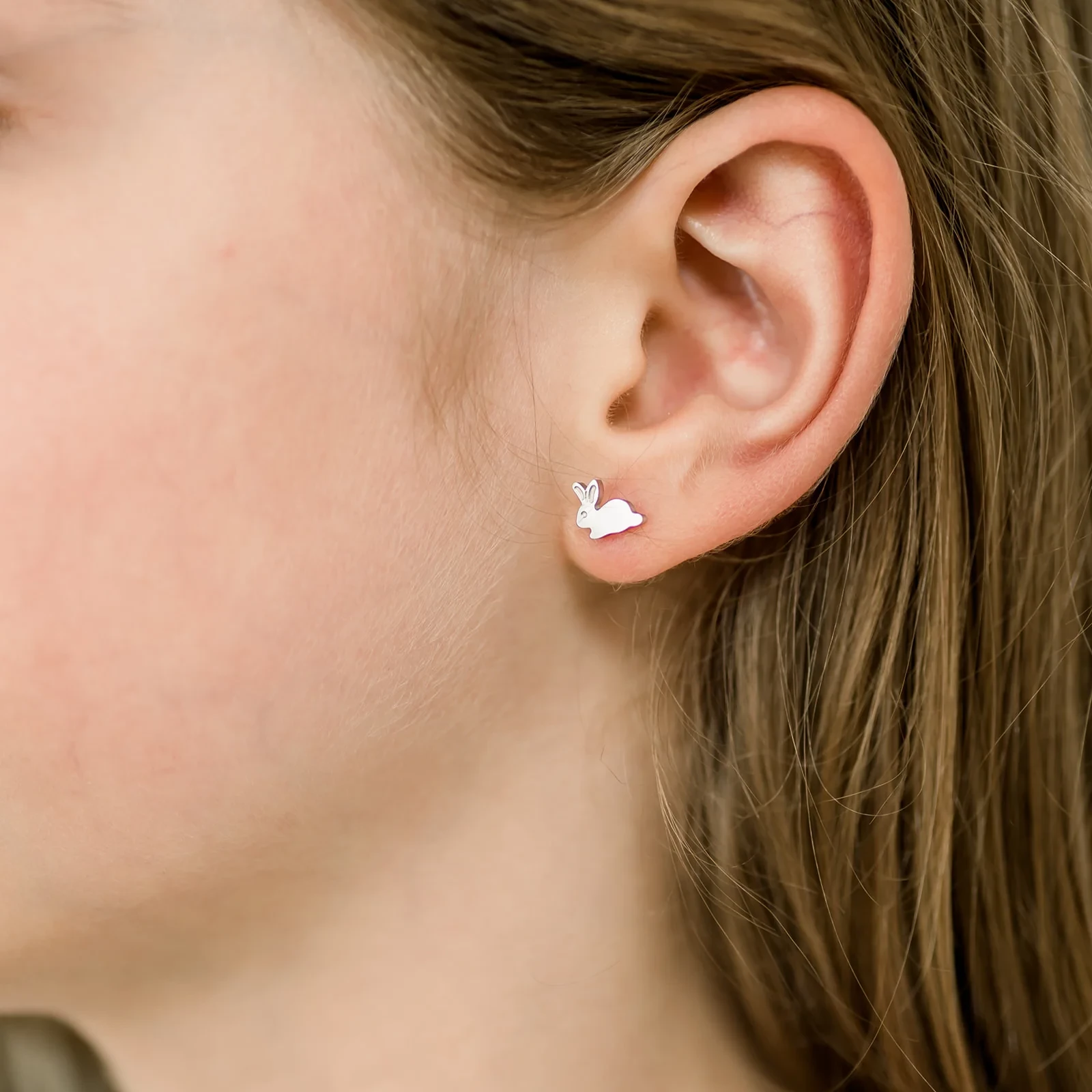Does Stainless Steel Contain Nickel?
For those with sensitive skin, finding jewellery that won't irritate or cause an allergic reaction can be a challenge. If this sounds like you, you might be interested in learning more about the Nickel Directive and how 316L Stainless Steel jewellery can be a safer and better option for you. Here's what you need to know
The European Union's Nickel Directive is a regulation that sets a limit on the amount of nickel that can be released from jewellery and other metal items that come into prolonged contact with the skin. This is because nickel is a common cause of skin allergies and irritations. The Nickel Directive states that the release of nickel from jewellery must be no more than 0.5 micrograms per square centimeter per week.
316L stainless steel is a type of low-carbon stainless steel that is a great metal for people with sensitive skin, as although it can contain traces of nickel, it does not release anywhere near as much nickel as other types of metal (around 0.02μg/cm2/week, 10 times less than the Nickel Directive deems safe.) This is because, even though it contains low amounts of nickel, it is made with a high level of corrosion resistance. As a result, 316L stainless steel is considered hypoallergenic and safe to wear for people with metal allergies and is often used for medical implants as well.
316L stainless steel is a type of low-carbon stainless steel that is often used for jewellery because it is hypoallergenic, and does not release as much nickel as other types of metal (around 0.02μg/cm2/week, 10 times less than the Nickel Directive deems safe.) This is because, even though it contains low amounts of nickel, it is made with a high level of corrosion resistance. As a result, 316L stainless steel is considered hypoallergenic and safe to wear for people with metal allergies and is often used for medical implants as well.
Unfortunately nothing can be promised to work 100% of the time. If you haven’t worn earrings in a while or had a reaction recently the ears can flare up. Giving the ears time to heal and building up the time worn can really help. We do have alternative metals that are a good option for people (less than 5%) who can’t wear stainless steel. Titanium is a great alternative. We have 2 grades, implant grade and pure titanium
95% of our customers agree
We have been selling allergy-safe jewellery since 2015, and although there are a few instances where customers have still had a reaction (nothing can be promised to work 100% because everyone is different), over 95% of our customers have found our jewellery has worked. Plus, if they don't work for you, you can return them for a full refund.
"Finally after 22 years after having my ears pierced I have found some earrings that don't hurt my ears! I've tried several hypoallergenic earrings over the years and I seem to still have a reaction to them.
I had given up wearing earrings anymore and if I did wear some for even a few hours on a night out I would always have sore ears for days after.I have had your earrings in now for weeks and I wouldn't even know they were there!I've just ordered two more pairs and I can't be more pleased with them.Thank you for having lovely earrings that I can actually wear!"
Laura
We think you'll love these
See what the fuss is about and give us a try. We offer a 100% happiness guarantee so you can shop with confidence.
"I bought these for my daughter who got her ears pierced a year ago and has had nothing but problems with infections. Since wearing her Solace earrings the infection has cleared and her wee ears are perfect. I also bought a pair for myself, I have not had earrings in my ears in over 20 years as all the ones I tried irritated me. Not Solace, I cant even feel them in my ears, no pain, no itch just pretty jewellery :) I am over the moon I found this shop and cant wait to buy more in the new year. Thank you."
Livvy S













